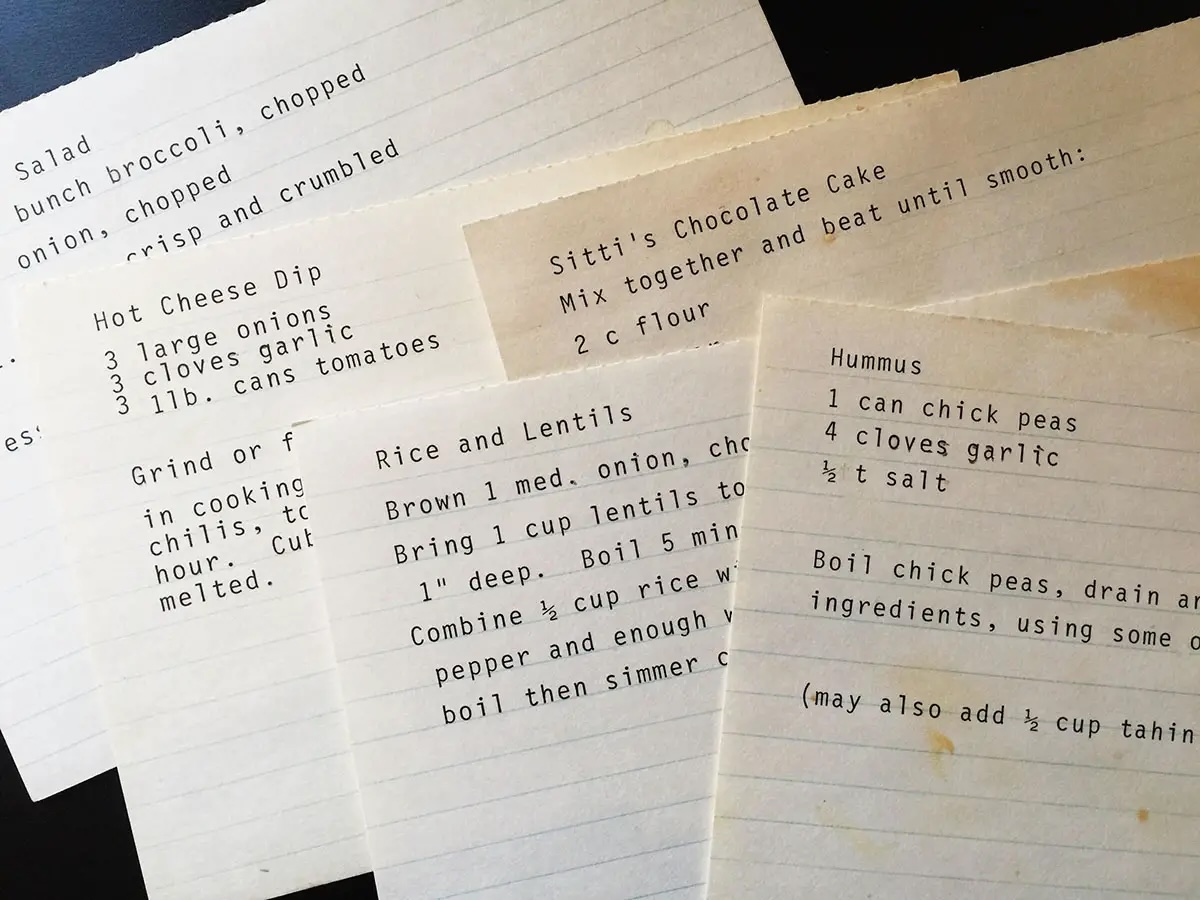

Articles
How To Store Recipes
Modified: December 7, 2023
Looking for articles on how to store recipes? Check out our comprehensive guide with tips and techniques for keeping your favorite recipes organized and accessible.
(Many of the links in this article redirect to a specific reviewed product. Your purchase of these products through affiliate links helps to generate commission for Storables.com, at no extra cost. Learn more)
Introduction
In today’s fast-paced world, cooking has become more than just a daily chore. It has evolved into a creative outlet for self-expression and a way to connect with loved ones through shared meals. With the rise of online platforms and countless recipe blogs, there is an overwhelming amount of culinary inspiration at our fingertips. But how can we keep track of all these recipes and ensure they are easily accessible when we need them?
The answer lies in effective recipe storage. Whether you are a seasoned home cook or just starting your culinary journey, having a well-organized collection of recipes is essential. Not only does it save time and effort in the kitchen, but it also allows you to experiment with new flavors and cuisines.
In this article, we will explore the benefits of storing recipes, different methods of organization, and the best platforms for digital recipe storage. We will also discuss physical methods of storing recipes for those who prefer a more traditional approach. Additionally, we will provide some tips on how to ensure proper recipe storage so that your culinary treasures are always within reach.
Key Takeaways:
- Efficient recipe storage saves time, enhances creativity, and preserves family traditions. Whether digital or physical, a well-organized collection unlocks the full potential of culinary adventures.
- Protect recipes from damage, add personal touches, and regularly review your collection for optimal recipe storage. Experiment with different formats to find what works best for you.
Benefits of Storing Recipes
Storing recipes in an organized manner offers a plethora of benefits for home cooks and food enthusiasts. Let’s explore some of the advantages:
- Time-saving: By keeping your recipes organized, you can quickly locate the ones you need, saving valuable time in the kitchen. Instead of flipping through cookbooks or scrolling endlessly through digital platforms, having an efficient recipe storage system allows you to find your favorite recipes with ease.
- Consistency in cooking: Storing your go-to recipes ensures consistency in your cooking. Whenever you recreate a dish that has been tried and tested, you can be confident that it will turn out just as delicious as before. This is particularly helpful for family favorites or recipes you’re known for.
- Exploration of new flavors: With a well-curated recipe collection, you can easily explore new flavors and cuisines. Storing recipes from various cultures or focusing on specific ingredients allows you to broaden your culinary horizons and expand your cooking skills.
- Preserving family traditions: Recipes often hold sentimental value, acting as a link to our family traditions and heritage. By storing these treasured recipes, we can pass them down through generations, allowing future family members to experience our culinary legacy.
- Enhancing creativity: Having a diverse collection of recipes can inspire your creativity in the kitchen. By experimenting with different ingredients, techniques, and flavor combinations, you can put your own twist on classic recipes and develop signature dishes.
- Convenience for meal planning: Storing recipes can greatly simplify the meal planning process. By having a curated selection of recipes at your fingertips, you can easily plan your weekly meals, create grocery lists, and ensure that you have all the necessary ingredients on hand.
In addition to these benefits, having an organized recipe collection can provide a sense of satisfaction and control over your culinary endeavors. Now that we understand the advantages of storing recipes, let’s explore different methods of organizing your collection.
Organizing Your Recipe Collection
A well-organized recipe collection is the key to easily accessing and utilizing your culinary treasures. Here are some effective methods of organizing your recipes:
- Categories: Categorizing your recipes is a popular and intuitive way to organize your collection. You can create broad categories such as appetizers, main courses, desserts, or you can be more specific with categories like vegetarian, gluten-free, or quick and easy recipes. This method allows you to quickly locate recipes based on your needs.
- Index cards or recipe binders: For those who prefer a physical method of storing recipes, using index cards or a recipe binder can be a practical solution. Write or print out your recipes on individual cards and sort them alphabetically or by category. This method allows for easy rearrangement and takes up minimal space in your kitchen.
- Recipe boxes: A recipe box is another physical option for storing your recipes. Similar to the index card method, you can write or print out your recipes on index cards and place them neatly inside a designated recipe box. This method adds a touch of nostalgia and charm to your kitchen.
- Online folders or bookmarks: If you prefer a digital approach, creating folders or bookmarks on your computer, tablet, or phone is a convenient way to store recipes. You can create folders for different categories or cuisines and save web pages or PDF files of your favorite recipes. This method allows for easy access and eliminates the need for physical storage space.
- Recipe management apps: There are numerous recipe management apps available that offer a range of features to help you organize your collection. These apps allow you to input recipes, add photos, categorize them, and even generate shopping lists. Some popular recipe management apps include Paprika, Evernote, and Cookpad.
Experiment with different methods and find the one that suits your lifestyle and preferences. Keep in mind that the most effective organization system is one that is easy to maintain and allows for quick retrieval of recipes when needed. In the next section, we will explore digital platforms specifically designed for storing recipes.
Digital Platforms for Storing Recipes
In today’s digital age, there is an abundance of online platforms and apps specifically designed for storing and organizing recipes. These platforms offer a range of features to make recipe storage more convenient and efficient. Here are some popular digital platforms for storing recipes:
- Recipe Websites: Many recipe websites have built-in features that allow you to save and organize recipes. You can create an account on these websites and save recipes to your personal profile. With categories or tags, you can easily categorize and search for specific recipes. Some well-known recipe websites include Allrecipes, Food Network, and Epicurious.
- Recipe Apps: Recipe apps are a great option for accessing and organizing recipes on your mobile device. These apps offer features such as recipe search, saving favorite recipes, creating shopping lists, and even meal planning. Popular recipe apps include Yummly, Tasty, and BigOven.
- Cooking Blogs: Many cooking blogs have a recipe index where you can browse and save recipes. Some blogs even offer the option to create an account and save recipes to your personal profile. This allows you to easily access your saved recipes whenever you visit the blog. Some notable cooking blogs with recipe saving features include Smitten Kitchen, Minimalist Baker, and Pinch of Yum.
- Recipe Management Websites and Apps: There are dedicated recipe management websites and apps that provide comprehensive features for organizing your recipe collection. These platforms allow you to import recipes from various sources, customize categories and tags, create meal plans, generate shopping lists, and even share recipes with others. Examples of recipe management platforms include Paprika, Cook’n, and Plan to Eat.
When choosing a digital platform for storing recipes, consider the features that are most important to you. Do you prefer a user-friendly interface? Does it offer convenient recipe search options? Can you access your recipes offline? Take the time to explore different platforms and find one that aligns with your needs and preferences.
While digital platforms offer great convenience, it’s important to consider backing up your recipe collection regularly. In case of any technical issues or platform changes, having a backup ensures that your precious recipes are not lost. Now that we have explored digital platforms, let’s dive into physical methods of storing recipes for those who prefer a more tangible approach.
Store recipes in a labeled binder or recipe box to keep them organized and easily accessible. Use plastic sleeves to protect them from spills and stains.
Physical Methods of Storing Recipes
While digital platforms provide convenient options for storing and accessing recipes, some people prefer a more tangible and nostalgic approach to recipe storage. Here are some physical methods of storing recipes:
- Recipe Cards: Recipe cards are a classic and charming method of storing recipes. Write or print out your recipes on individual cards and organize them in a recipe box or binder. You can sort them alphabetically, by category, or even by color-coding. Recipe cards make it easy to flip through and find your favorite recipes.
- Recipe Binders: A recipe binder is a practical and customizable option for storing recipes. Use binder dividers to separate recipe categories and slip individual recipe pages into clear plastic sheet protectors. This method allows for easy rearrangement and addition of new recipes. You can also insert pockets to store loose recipe clippings.
- Family or Heirloom Recipe Books: Creating a family or heirloom recipe book is a wonderful way to preserve cherished family recipes. Compile recipes from different family members and include stories, photos, and anecdotes to make it a cherished keepsake. You can get creative with the design and layout to make it personal and unique.
- Scrapbooking: For those who enjoy a creative approach, scrapbooking recipes can be a fun and artistic way to store and display your collection. Use scrapbooking materials like patterned paper, stickers, and embellishments to create visually appealing recipe pages. You can also add personalized notes and photos to make each page a unique representation of the recipe.
Physical methods of storing recipes allow for a tactile connection and a sense of nostalgia. They can also be an opportunity for creativity and personalization. However, it’s important to keep in mind that physical storage methods can take up space and may require regular maintenance to prevent damage or loss. Consider your storage options and ensure that your recipes are stored in a cool, dry place to maintain their longevity.
Now that we have explored both digital and physical methods of storing recipes, let’s move on to some tips for proper recipe storage to ensure the longevity and usability of your culinary collection.
Read more: How To Make Nut Butter In A Blender
Tips for Proper Recipe Storage
Proper recipe storage is crucial to ensure your collection remains organized, accessible, and in good condition. Here are some tips to help you keep your recipes in the best possible shape:
- Protect from moisture and stains: Recipes can easily get damaged by moisture, spills, and stains. Ensure that your recipes are kept in a dry location and consider using protective plastic sleeves, laminating them, or using sheet protectors to prevent damage. Avoid keeping recipes near the stove or sink where they might be exposed to water or other liquids.
- Use clear and legible printing: Whether you are writing recipes by hand or printing them out, make sure the text is clear and legible. Use a good quality printer or pen and avoid using excessively small font sizes. This will ensure that the recipes are easy to read and reference.
- Add dates and notes: When saving recipes, consider adding dates and personal notes to make them more meaningful and informative. You can jot down the date you first tried the recipe, any modifications you made, or any special occasions associated with the dish. These notes can enhance the sentimental value of the recipe and provide useful information for future reference.
- Regularly review and declutter: Over time, recipes can accumulate, making it harder to find the ones you really love. Regularly review your collection and declutter any recipes that you no longer use or enjoy. This will help keep your recipe storage organized and make it easier to find the recipes you actually want to cook.
- Backup digital files: If you are using digital platforms for recipe storage, create regular backups of your recipe files. This can be as simple as saving copies to an external hard drive, cloud storage, or emailing them to yourself. Having a backup ensures that you won’t lose your cherished recipes in the event of a computer or platform malfunction.
- Experiment with recipe formats: Explore different formats for storing your recipes to find what works best for you. This could be using index cards, creating a digital folder structure, or even creating a dedicated recipe journal. Don’t be afraid to experiment with different methods until you find one that suits your needs and preferences.
By following these tips, you can ensure that your recipe collection remains organized, protected, and easily accessible for years to come. Now that we have covered the various aspects of recipe storage, let’s conclude our article.
Conclusion
In today’s world of endless culinary inspiration, storing your recipe collection is essential for efficient and enjoyable cooking. Whether you choose digital platforms or physical methods, organizing your recipes allows for easy access, consistency in cooking, and exploration of new flavors.
Digital platforms offer convenience, with features like categorization, search functionality, and meal planning tools. Recipe websites, apps, and specialized recipe management platforms provide a plethora of options to store and access your favorite recipes at any time.
For those who prefer a more traditional approach, physical methods like recipe cards, binders, or scrapbooks provide a tangible connection to cherished recipes. These methods can be customized and add a personal touch to your collection.
To ensure proper recipe storage, take measures to protect your recipes from moisture and stains. Clearly print or write recipes in a legible format, and consider adding dates and personal notes for additional context. Regularly review and declutter your collection to keep it organized and easy to navigate.
Experiment with different formats and find the method that works best for you. Whether you opt for the convenience of digital platforms or the nostalgic beauty of physical recipe storage, the goal is to have a well-organized collection that inspires your culinary endeavors.
In conclusion, organizing and storing your recipes not only saves time and enhances creativity in the kitchen, but it also preserves treasured family traditions and allows for the exploration of new cuisines. So, why not take the time to create an efficient recipe storage system and unlock the full potential of your culinary adventures?
Frequently Asked Questions about How To Store Recipes
Was this page helpful?
At Storables.com, we guarantee accurate and reliable information. Our content, validated by Expert Board Contributors, is crafted following stringent Editorial Policies. We're committed to providing you with well-researched, expert-backed insights for all your informational needs.
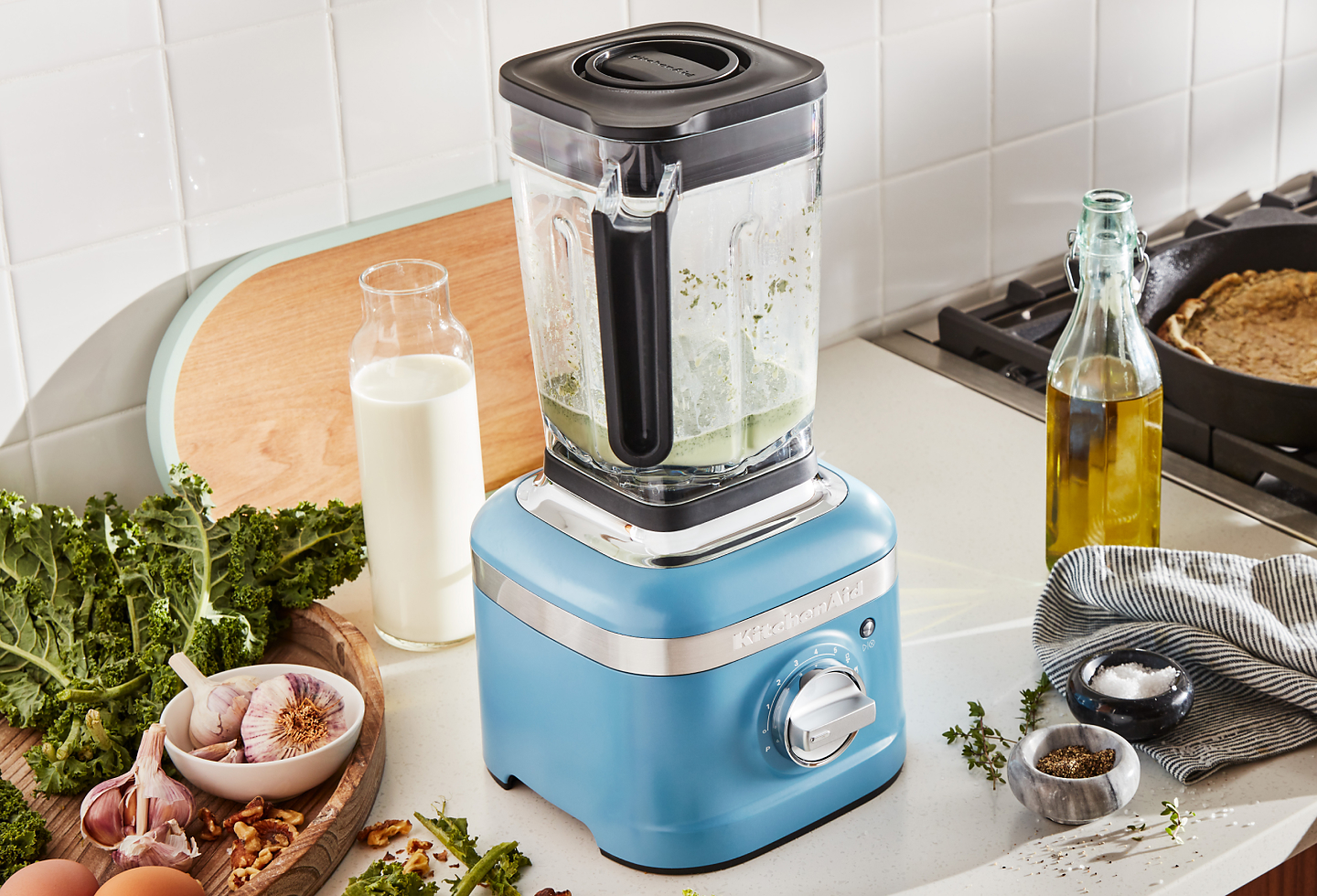
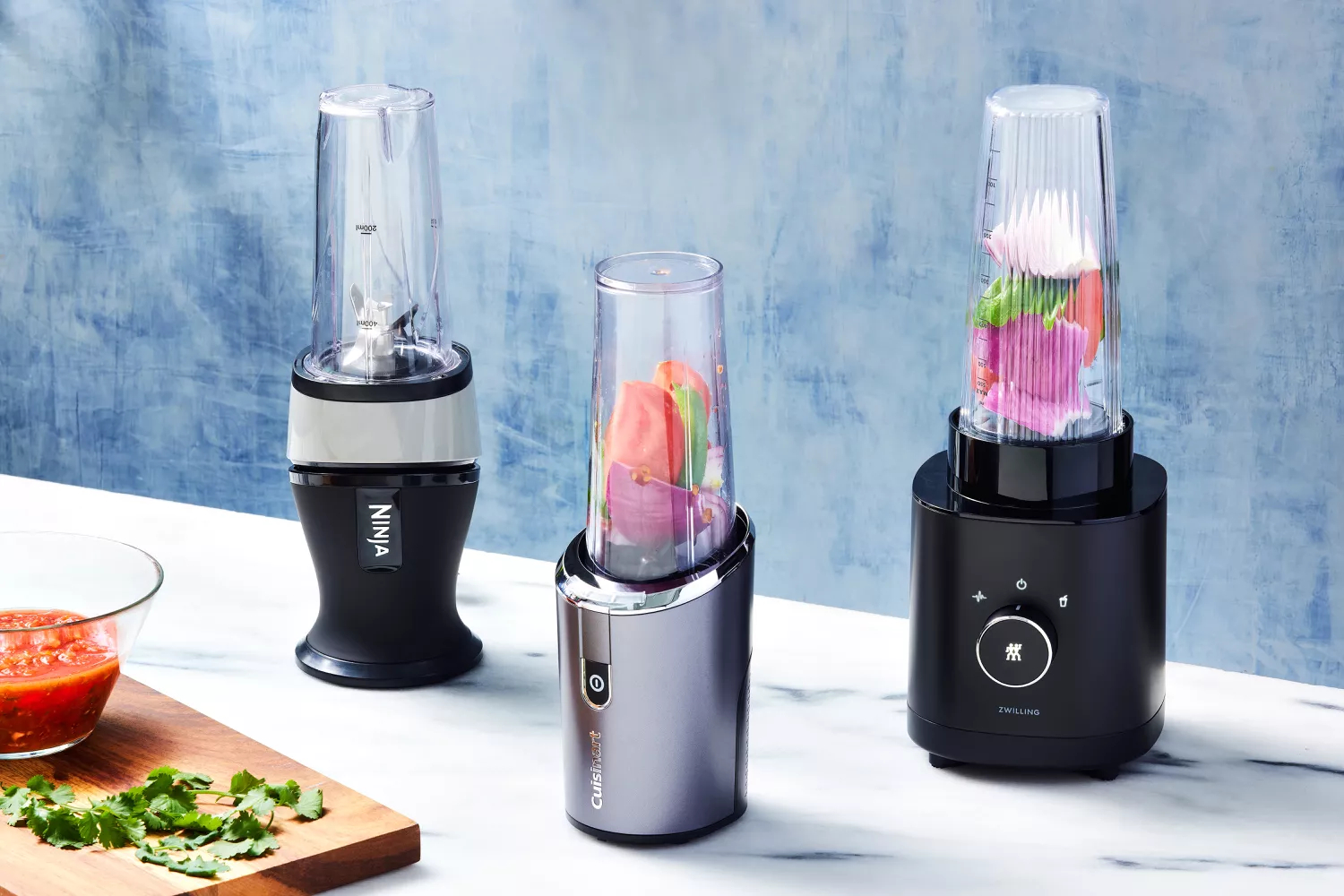

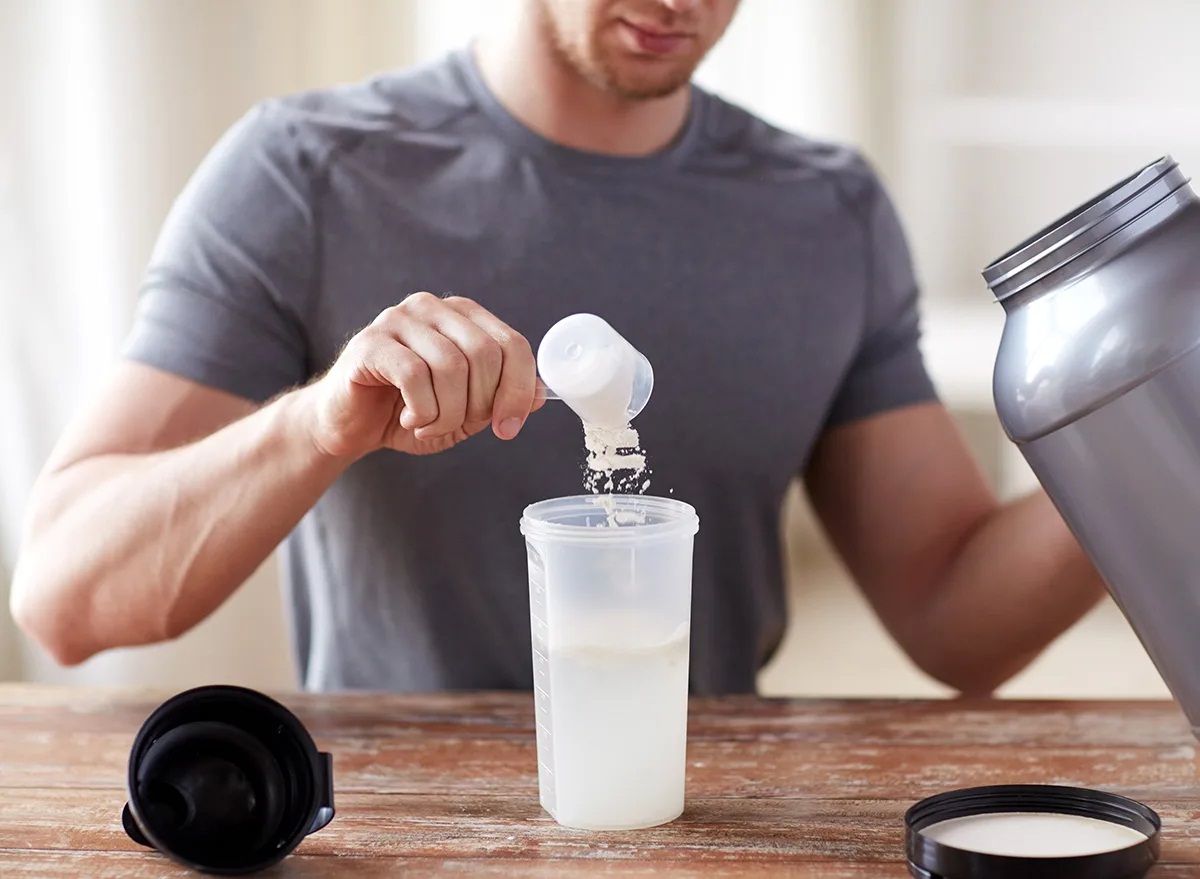
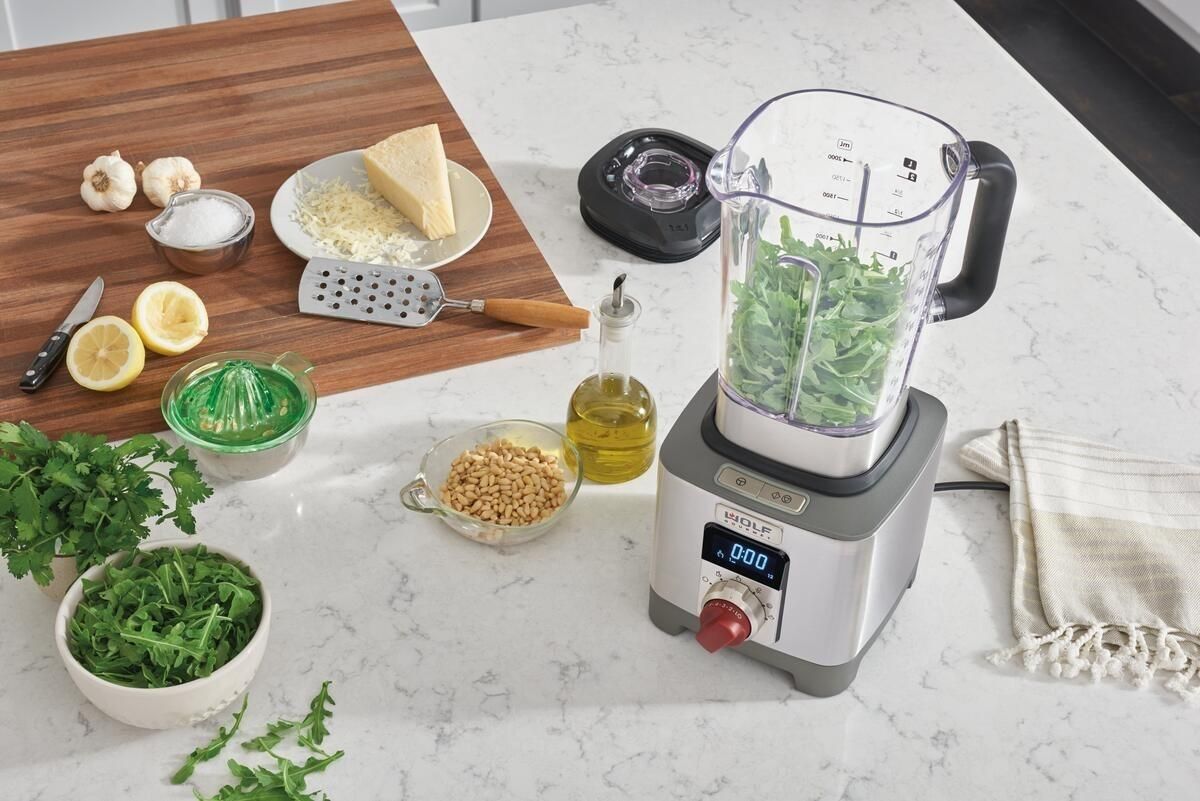
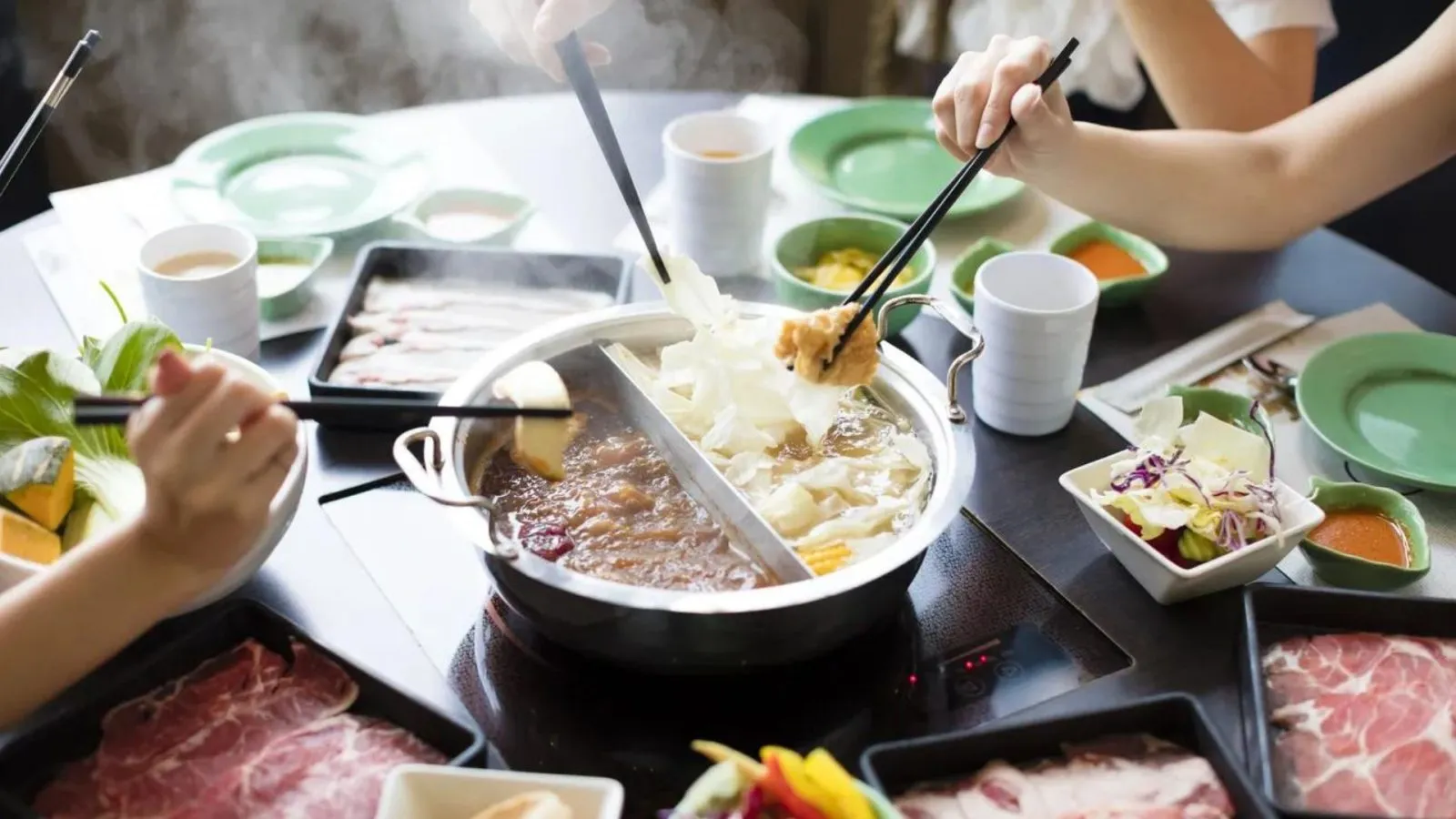
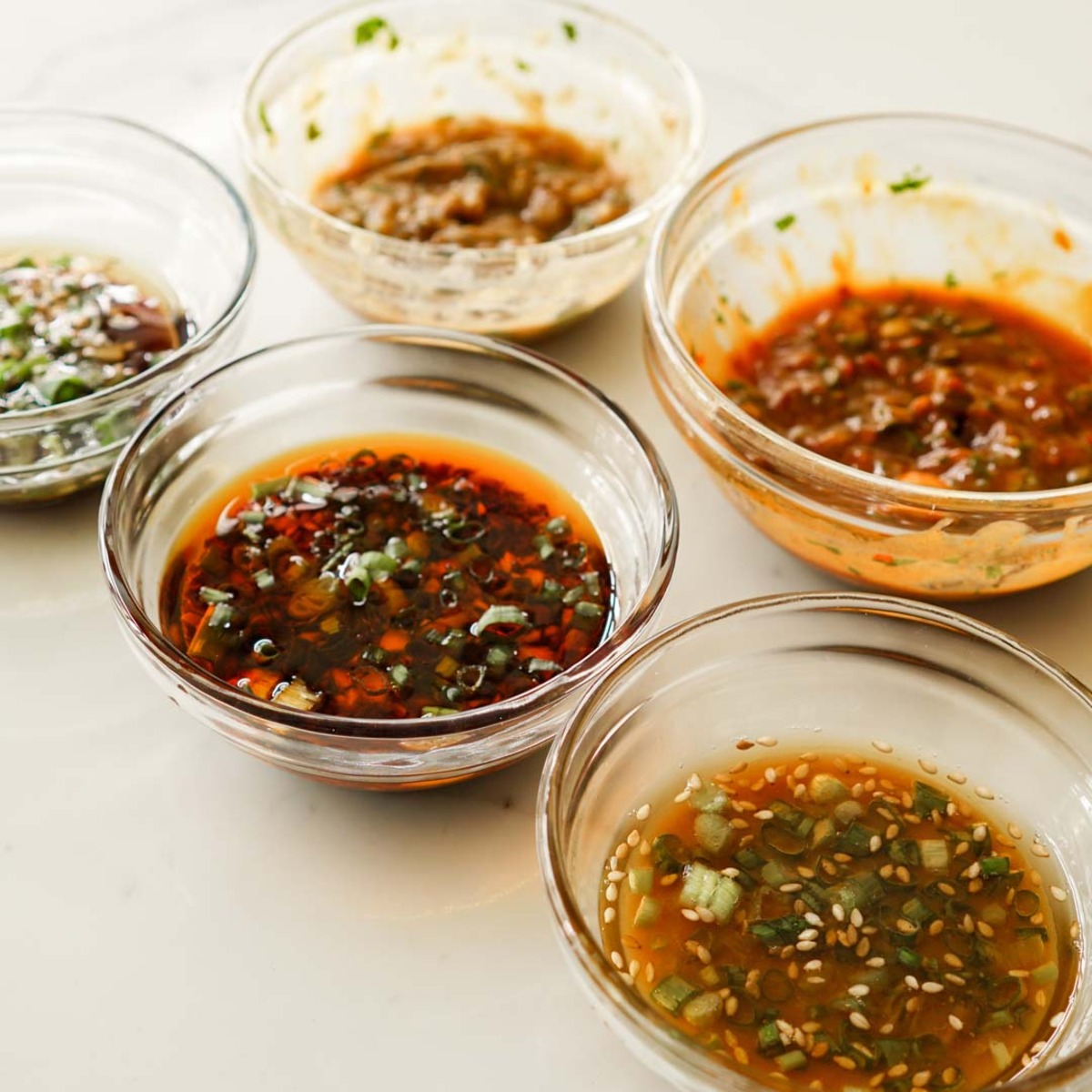
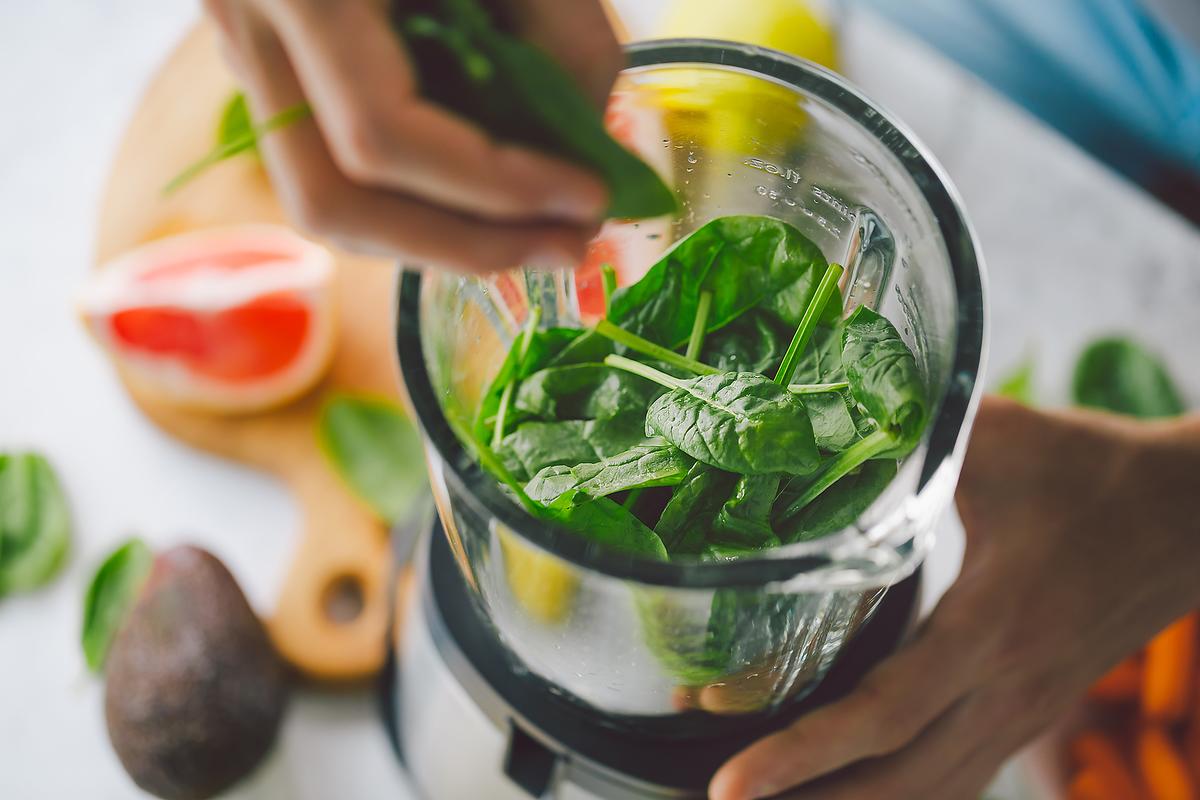
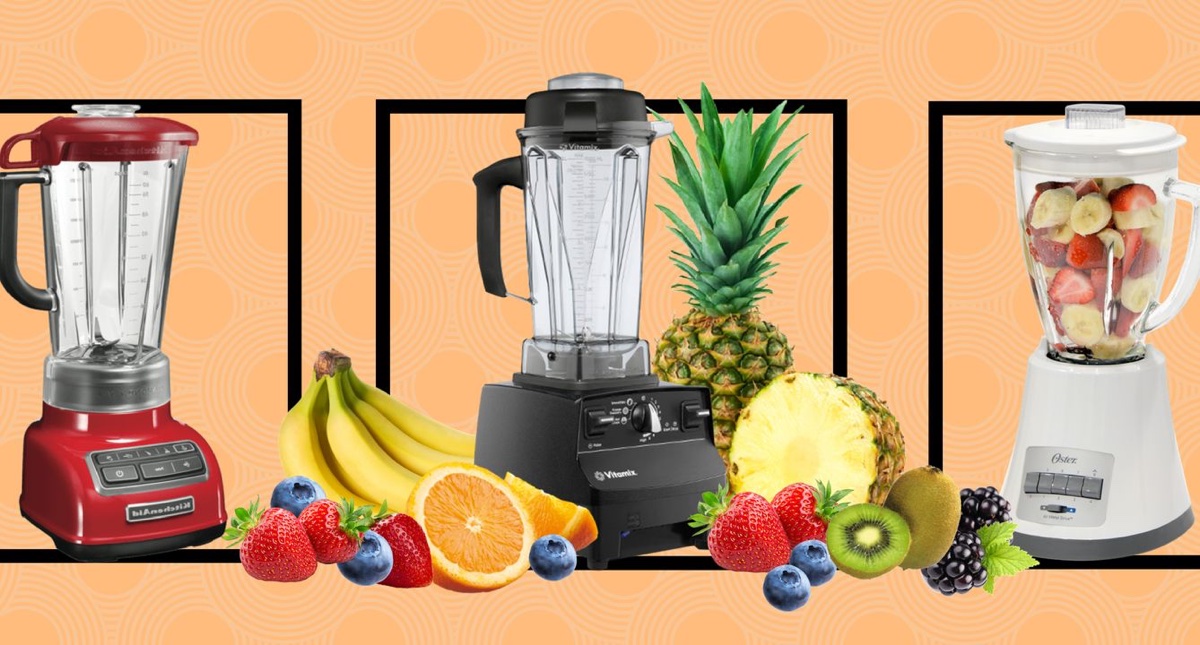
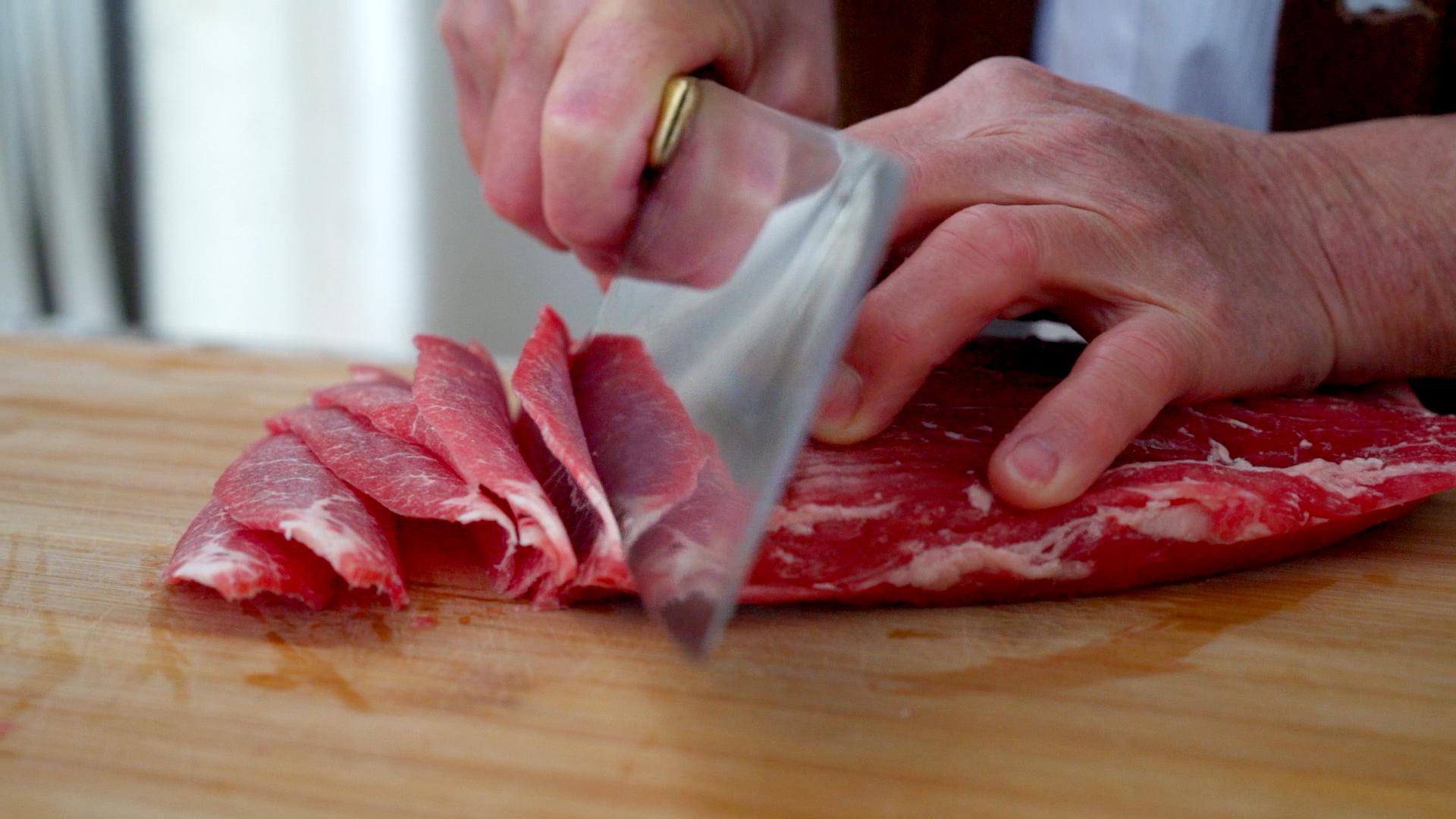
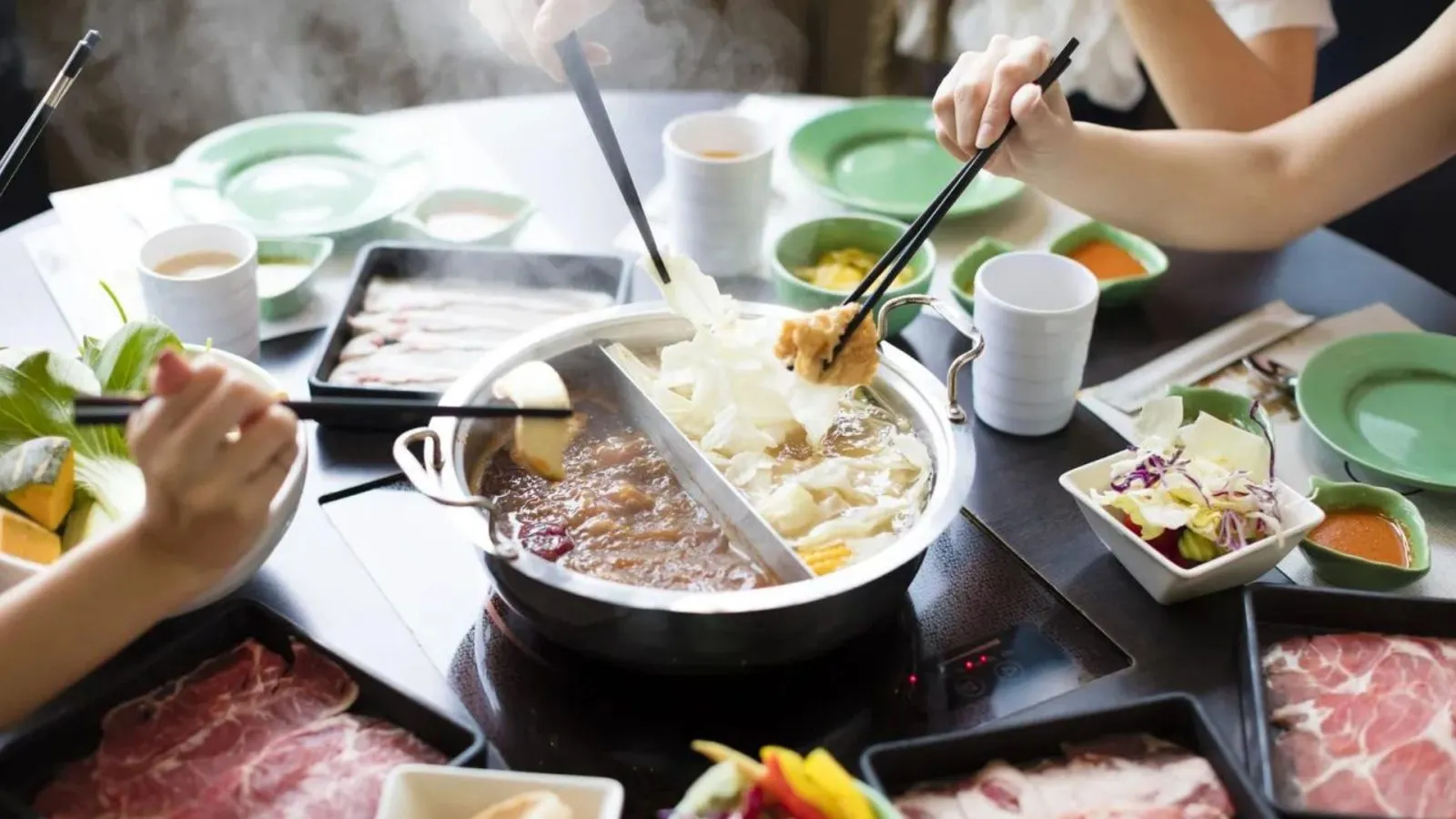
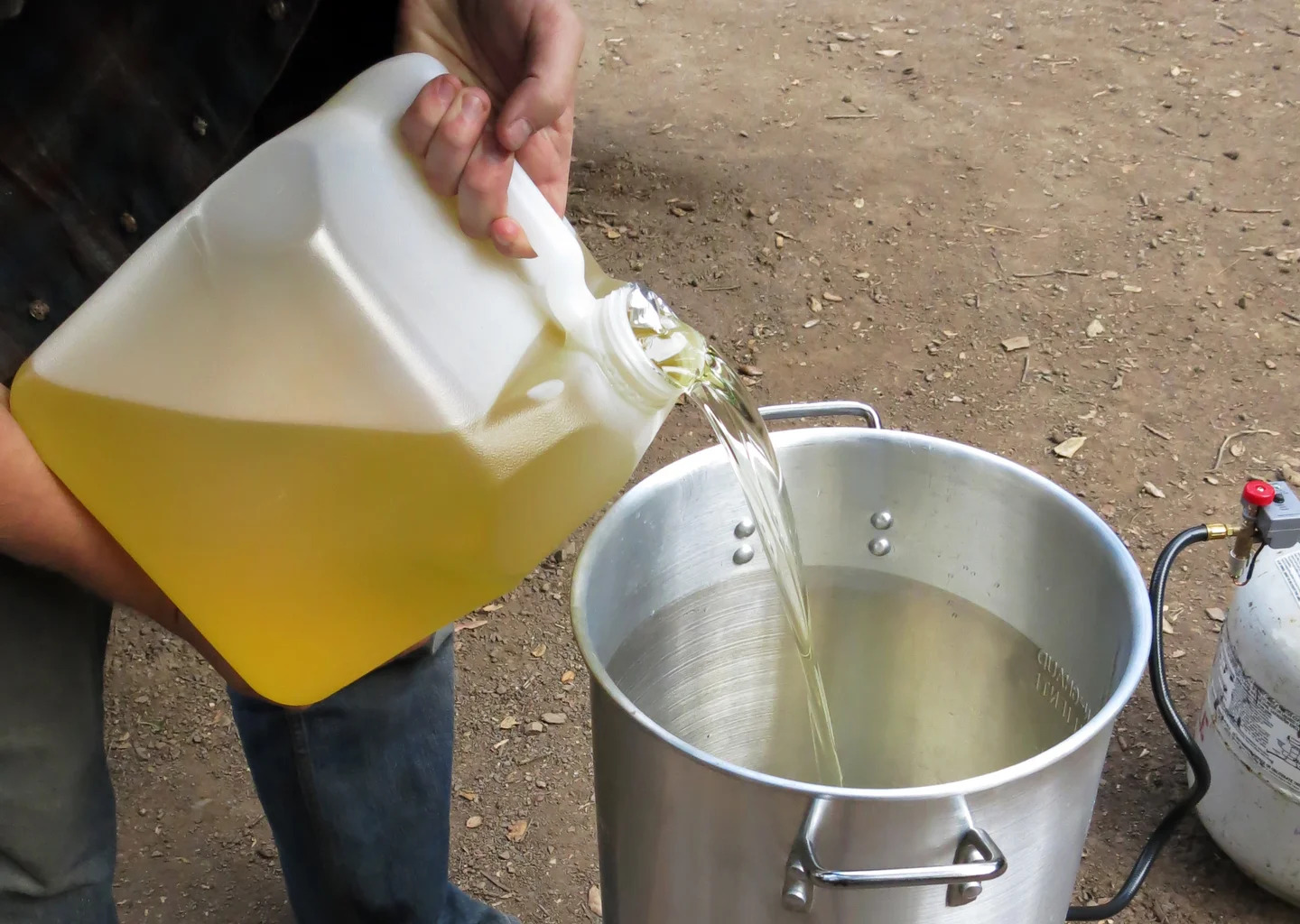
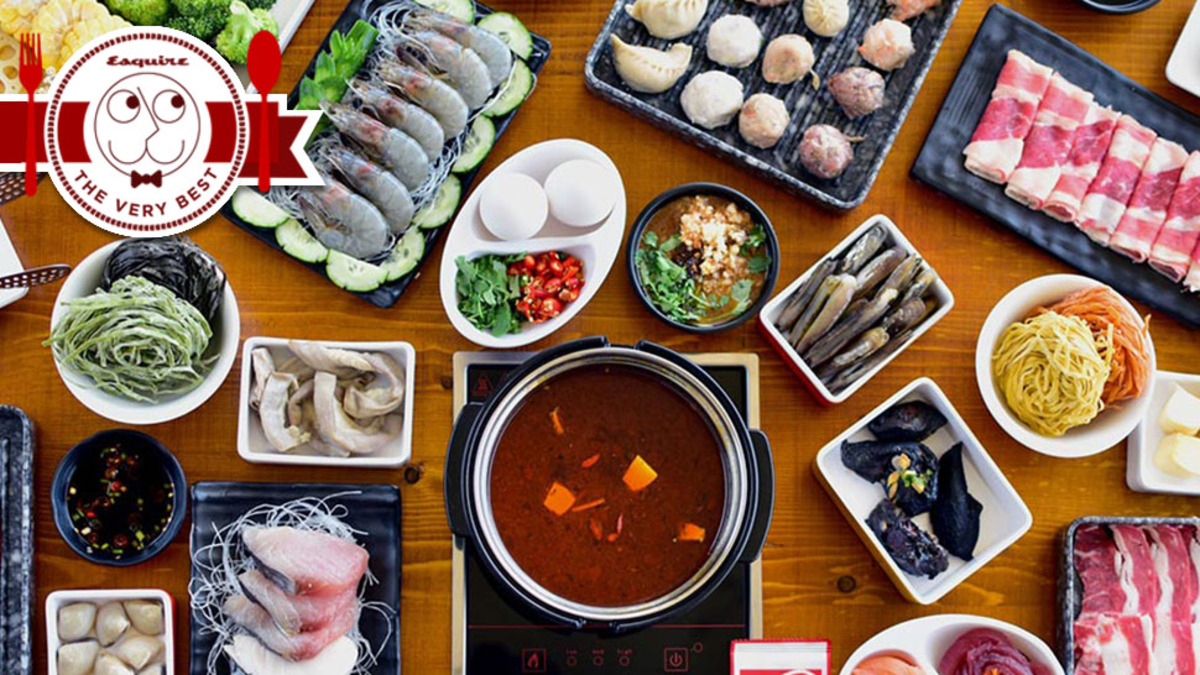
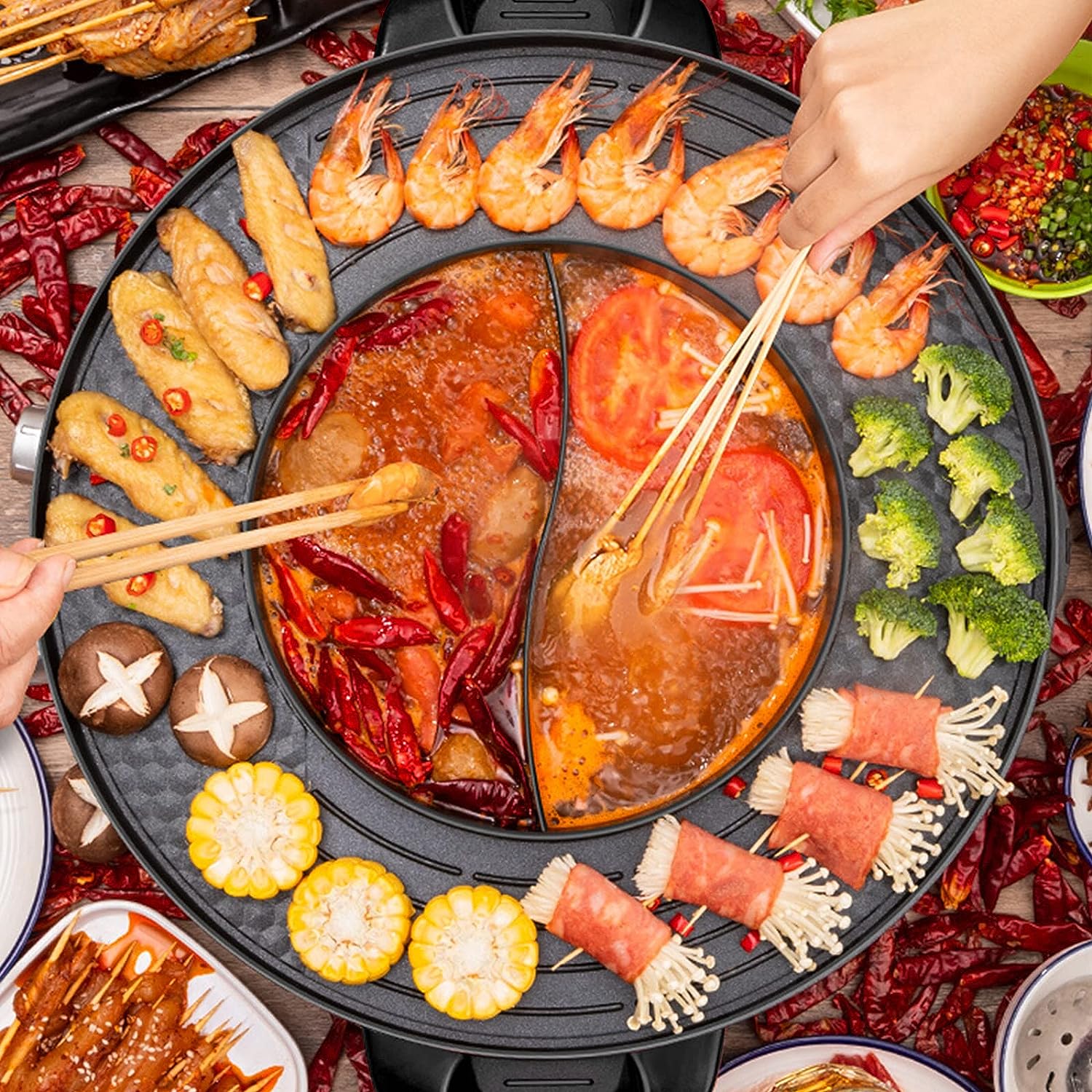

0 thoughts on “How To Store Recipes”